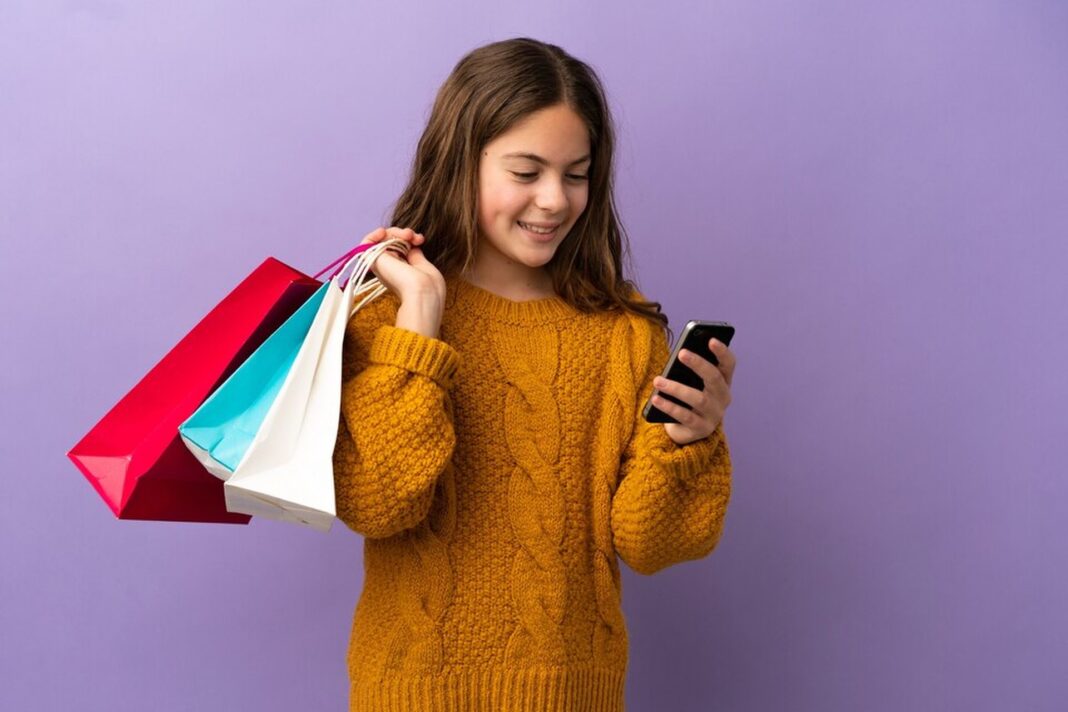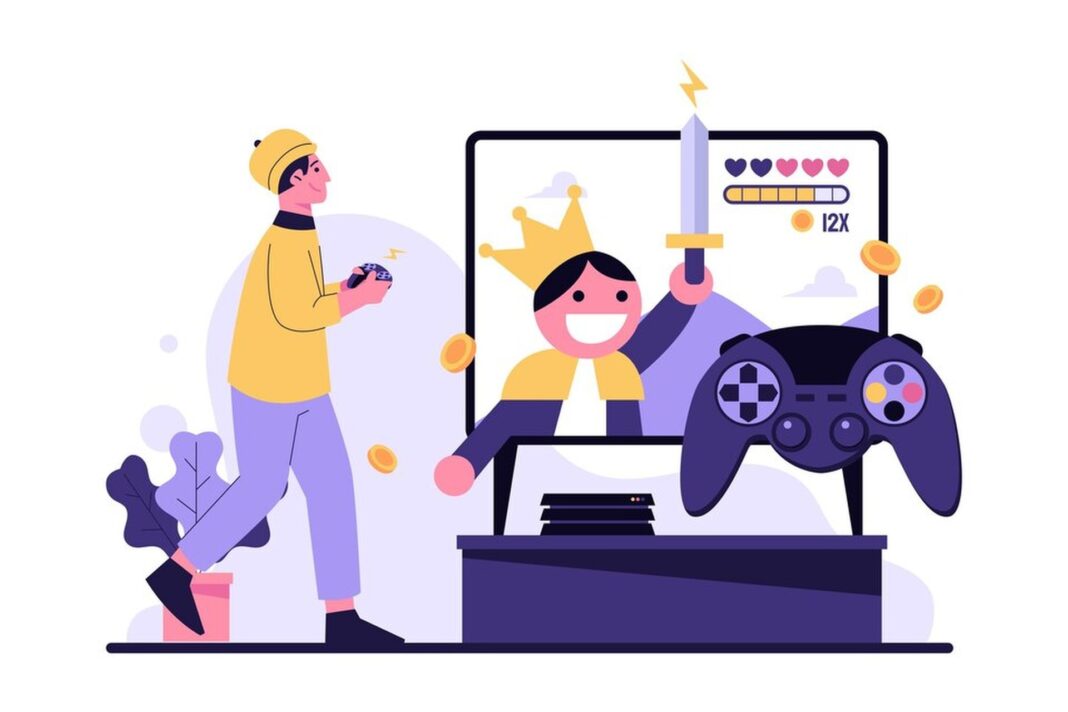Many internal and external forces shape the experience. A lot of the time, emotional triggers affect what people buy. These triggers can make you make hasty decisions or careful purchases. As customers and marketers, we can be smarter if we understand these emotional links. Every part of how people act as consumers shows how feelings, behavior, and buying habits are all connected in a complex way.
The Emotional Triggers Behind Purchases
Emotions play a big role in the shopping process. Because of this, they can make people make choices that don’t make sense to them. People often do shopping therapy when they are feeling good. Sad people may buy things to try to feel better.
When there are sales or limited-time deals, people may make quick choices out of fear. When people are emotional, they might buy things they don’t need. These emotional causes are often used in marketing tactics. Ads that make people feel nostalgic or happy can really connect with them.
A catchy tune or a touching story can get people to buy something. Shopping trips that make you feel strong emotions can leave long memories. Over time, positive experiences with a brand can make people more attached to it. What a person buys is directly affected by how they feel. These are details that good marketers know. They use them to successfully connect with their target group.
Why We Buy: The Role Of Impulse Buying
People who buy things on impulse don’t plan to, but they do it anyway. Different things, many of which are emotional, can lead to these kinds of choices. When people walk into a store, they see a lot of different signs. These cues can make people buy things without giving them much thought.
Retailers often use sales, eye-catching displays, and appealing smells to get people to buy things. Most of the time, people can’t say no to these offers. Buying things on the spur of the moment can be linked to feelings of pleasure or joy. People who are buying new things may feel rushed.
Retailers make spaces that make people feel these ways. Impulsive buying is often caused by the thrill of a deal or the draw of an offer that lasts only a short time. Setting limits on how much you can spend on shopping might help you stop doing that. People can also be aware while they are shopping. Knowing what makes people feel a certain way helps them make better decisions.
Understanding Consumer Behavior: A Psychological Perspective
Consumer behavior has a lot to do with psychology. Many things are going on in our minds that affect how often we shop. People usually buy things because they want or need them. Maslow’s structure shows how different types of wants affect how people act. Self-actualization might make people look for goods that make them feel better about who they are, for example.
Cognitive errors can also affect what people buy. The grounding effect makes people make choices based on the first piece of information they see. People tend to do what other people do, which is called social proof. People often look to their friends for approval before they buy something. These psychological factors are used by brands to shape their tactics.
Marketing efforts that are well thought out can reach people’s hidden minds. This helps figure out what people want and helps them decide what to buy. Marketers can make links by looking at things from a psychological point of view. Building trust and a connection with customers makes them more loyal to your brand.
The Influence Of Branding On Buying Decisions
Branding is an important part of how people think about things. A strong brand name makes people feel like they know and trust the company. People often feel certain feelings when they think of the names they like. This link can cause people to buy things more than once over time. How people see a brand is affected by its quality, value, and image.
People are more likely to buy well-known names. When you trust a name, it makes you feel safe. People will choose well-known brands and themes when they have a choice. Storytelling is often a key part of successful branding. Telling an interesting story about a brand can make people feel strong emotions.
People are likely to tell their friends about these stories, which is a natural way to promote them. A consistent brand message helps people remember it. Over time, this uniformity helps people remember brands. Customers feel understood and respected when brands are clear. Branding builds emotional connections that have a big effect on buying choices.
Shopping Environments: How Store Design Affects Us
The way a store is designed has a big effect on how people behave inside. A good place to shop can make the whole experience better. How people use a place is affected by its layout, lighting, and decoration. People tend to spend more time shopping in stores that are made to be comfortable.
Putting items in the right place can encourage people to look around. The flow of people in a store makes paths that customers can follow. Music and lights can make you feel a certain way and make the mood better. Brightness has been shown to make people more likely to buy things. On the other hand, dark lights may make people want to stay longer. The smell of a place can also affect how you feel.
Pleasant smells make a shopping area feel welcoming. As a result, people are more likely to buy things without thinking about it. A well-thought-out store setup makes it easy and fun to find your way around. The way things are presented can have a big effect on people’s choices to buy them. When people enjoy buying, they are more likely to make a purchase.
Social Influence In Shopping: The Power Of Peer Pressure
Social impact is a big part of how people shop. A lot of the time, people look to their friends for support and help. Advice from family and friends can have a big impact on choices. The idea of uniformity is strengthened by social proof. A lot of people want to follow the latest trends.
Fear of missing out (FOMO) can make people buy things. Because of social media, where everyone shares their stories, this is even more important now. Influencers often make brands more visible because they have a lot of followers. When they support something, sales can go through the roof right away. Seeing other people loving a product can make you want to fit in.
What is popular or accepted is often set by the people around you. Marketers use these social factors to make ads. For their business, they build a feeling of community. Using social media to interact with customers can make this effect stronger. Brands can connect with their audience better if they understand the power of social impact.



